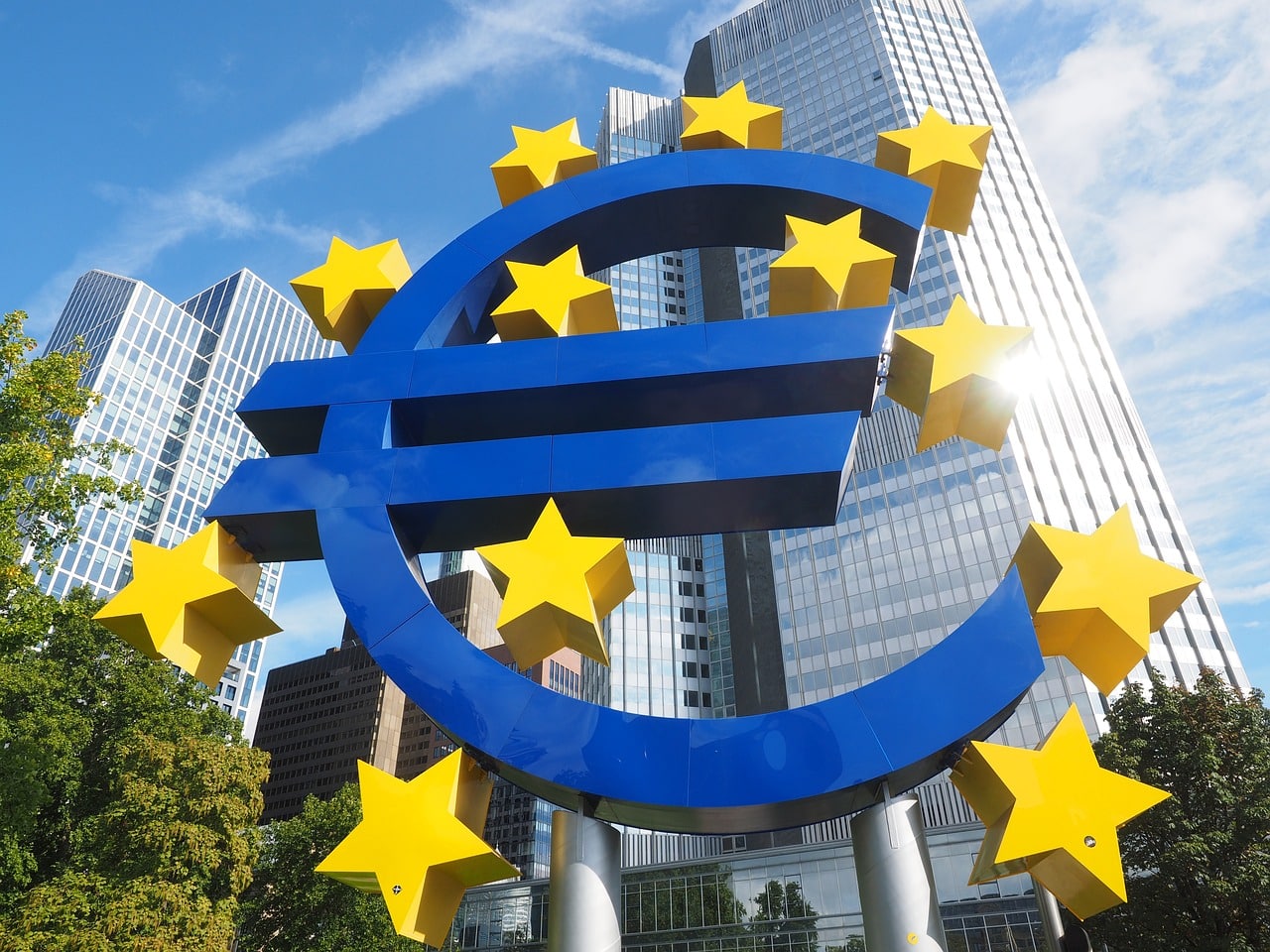The European Central Bank (ECB) did not surprise markets with its decision to keep interest rates at the same level. The refinancing rate is still at 4.5% and the deposit rate is at 4.0%. Christine Lagarde stressed that it is premature to discuss rate cuts. However, she noted that the Board has observed wage dynamics stabilization, which is likely what weakened the euro. On the other hand, the dollar benefited from a positive Q4 annualized GDP report which outperformed expectations. As of this morning, the EUR/USD exchange rate has approached 1.08, the lowest since December 13th.
In the ECB statement, the main message from mid-December was reiterated. The institution continues to anticipate that the level of interest rates should remain high for a sufficiently long period to ensure that monetary policy significantly contributes to the return of inflation to the 2% target. It was underlined that further decisions will depend on the data. During the press conference, Lagarde stated that there is consensus in the Board of Governors that any discussion on interest rates cut is “premature”. Unlike in December, however, she pointed out signs of wage growth stabilization. Additionally, corporate profit margins, which have recently contributed to inflation growth, have been somewhat pressured. Market reaction (decrease in German bond yields, the depreciation of the euro) suggests that the ECB has taken a small step towards a rate cut. This is at least what the market assumes.
Further data on wage settlements in the first quarter will not be available for some time, making it unlikely that the ECB will make a cut in April. However, the market gives over a 70% chance of such a move by early spring.
The ECB’s approach remains very cautious. A boost in inflation in the coming months still remains a significant risk factor. Wages continue to rise at around 5% – as indicated by the wage index. This dynamic is inconsistent with the ECB’s goal. In addition, a persistently low unemployment rate will favor workers in wage negotiations.
Yesterday, we also learned about the state of the US economy in the fourth quarter, which grew by 3.3%, significantly higher than the expected 2%. The data does not indicate that the United States is heading towards a recession. Private consumption growth of 2.8% is visible, with exports (+6.3%) significantly exceeding imports (+1.9%). The US economic climate continues to resist the impact of high interest rates. It is evident that while industry is stagnating, services are performing very well.
This morning, the EURUSD exchange rate set new local lows. The drops are mainly the aftermath of a weak Euro. The dollar did not gain much against other currencies due to the data.
Łukasz Zembik, Oanda TMS Brokers
